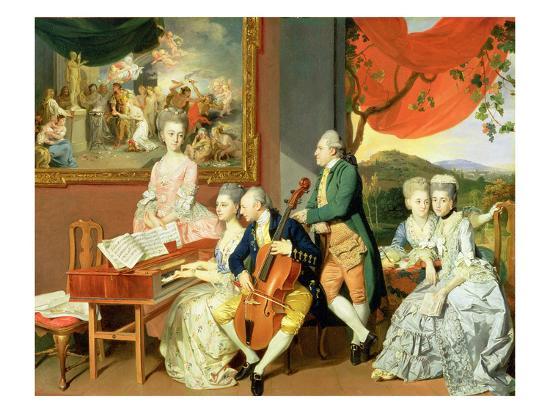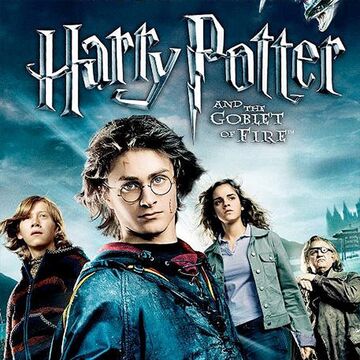CTS 1 EN 2020-2021
First semester 2020-2021
What the meaning and content of contextual studies is can be read in the horizontal menu (link).
In the first semester of year one the focus is on acquiring basic knowledge and basic terminology of music; placed in a historical framework.
We start in the 18th century, because within this century a big amount of key terms from music in a mjor-minor idiom can be discussed. It is also a century with a varied repertoire; we encounter composers from the Italian, German and French (late) baroque era (Vivaldi, Bach, Couperin), and composers from the classical era, including the Viennese Classic Composers (Haydn, Mozart, Beethoven). This means homophonic as well as contrapuntal music will be discussed.
 To illustrate principles (while listening), music from all times and places can be used.
To illustrate principles (while listening), music from all times and places can be used.
In the lesson we use knowledge domains as a source. The 4 most important are:
- Analysis (form means, form principles, structure and texture, form types sucha as sonata form, fugue, rondo etc.
- Harmony (tonality, harmonic functions, degrees, cadential formulas, modulation, voice leading, etc.
- Counterpoint (imitation, answer, dissonant treatment, fugue/fugato etc.
- History (Part Four, chapters 18-23, from AHWM)
Dear students,
For finalizing the second semester there is (besides your contextual essay...) a homework assignment, to be made and handed in individually.
Handing in is possible until july 5 (2021). Same goes for the contextual essay.
This homework assignments consists of three parts:
- History: (linked to A History of Western Music)
- Analysis: analyzing one track of your own choice from the following playlist:
https://open.spotify.com/playlist/5TrfzvkmlHzCToPlvBlSxp?si=d7c25d5ea6ab4ea0 - Harmonic analysis: 2 Bach chorales and a Schubert fragment.
1. HISTORY
We covered chapters 25, 26 and 29. Answer the following essay questions and hand them in as a test file (Word, od similar).
25.1 What are the most important changes that led to the labeling of the 19th century as the century of romanticism? Explain also why the terms "romantic" and "romanticism" are problematic and difficult to define (according to the authors).
25.2 Describe what SChubert, Schumann and Mendelssohn attributed to romantic music.
25.3 Chopin and Liszt are the two "giants" of piano music in the 19th century. What were their most important contributions and in what way(s) are they different with regard to their compositions for piano solo?
26.1 How can it be shown that chamber music in the 19th century was thriving? Who were important "players" in the field and what were their contributions?
26.2 Describe the meaning of Hector Berlioz and Franz Liszt for orchestral music. Take chapter 29 also into account.
29.1 Brahms is seen as THE counterpart of the so called "New German School". Explain why this is the case.
29.2 Explain why Anton Bruckner, Richard Strauss and Hugo Wolf are seen as "followers" of the ideas of the "New German School".
2. ANALYSIS
Choose from the playlist 1 fragment and analyze it with the help of working model 6 and 8. To be found at skole.nl at http://skole.nl/index.php?option=com_content&view=category&id=18&Itemid=381&lang=en
Of each movement there is a score in this zip-file.
- Make annotations in the score and give in a text file a form scheme/letter scheme with comments in catch words.
- Which keys do you encounter? Encircle cadential formulas and give the chord symbols and degrees.
Hand in your annotated score and the text file.
3. HARMONY (2 Bach chorales and a Schubert fragment)
These chorales can be found at skole.nl; listen to them when you are working on them.
MP 54 (PDF): Notate all chord symbols above the (grand) staff and notate within the frame below the (grand) staff the degrees of cadential formulas.
MP 17 (PDF): encircle and lable or ornamental or non harmonic tones (neigbouring tone, passing tone, suspension, ...)
Schubert fragment (PDF): notate all chord symbols above the (grand) staff on the first beat of each bar until bar 17.
NB The use of a PDF editor is advised (Adobe or similar), but if you work with paper and pencil provide a readable scan/Photo.
Lesson 1
Discussion and explanation around the horizontal menu of www.skole.nl about the contents of this course.
Listening observation and asking contextual questions about
Neville's Waltz (Patrick Doyle) (PDF) (Spotify)

and
Saltarello (Dufay) (Spotify)




